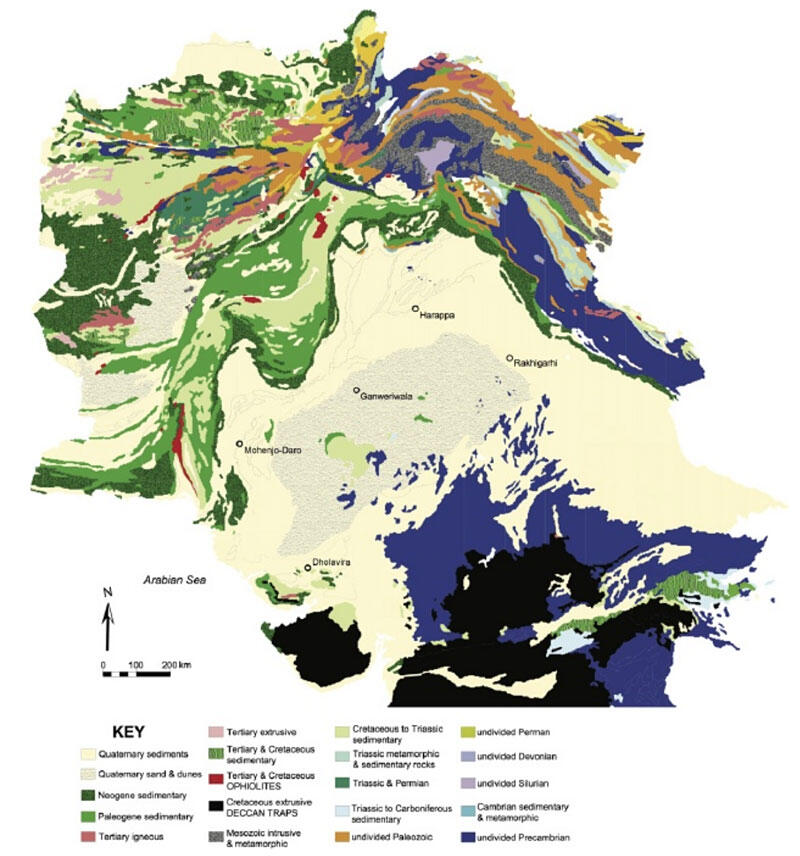An important paper that shows how strontium isotope analysis can help reveal the interactions between and migrations of people in ancient times. The authors write: "Human tooth enamel from Harappa and Ur was analyzed for strontium, oxygen, and carbon isotopes. Teeth from animals, such as pig and sheep from both regions, dating to the same general time period, were also sampled in order to obtain a local strontium isotope signature for comparison. The results are very encouraging because the isotope ratios between the two regions show significant differences that can be used to distinguish local and non-local individuals. In addition there is substantial variability among the human remains at the site of Harappa, suggesting significant immigration to the site."
Indeed, while more analysis needs to be done through the framework the authors provide on Mesopotamian burials to determine Indus connections, preliminary data does show something very interesting about Harappa burials: "A more detailed discussion of the Harappa samples will be presented in a future publication on the Harappa cemetery, but it is clear that many of what appear to be local individuals at Harappa are females and they are associated in burial with nearby males who are clearly not local." In other words, it seems as if the women stayed put and the men moved in, at least in one sample.
This finding is based on a very interesting fact about the remains of a single human body that can indicate its trajectory: "Bone undergoes continual replacement of its inorganic phase, so that measurements of bone strontium reflect the later years of the life of the individual. Tooth enamel, on the other hand, forms during childhood and undergoes little change. Differences in strontium isotope ratios between bone and tooth enamel in a single individual thus reflect changes in the residence history of that person."
A lot more work remains to be done on (the few known) Indus cemeteries and those of neighbouring civilizations and periods. It is expensive and time consuming to get solid results. But as other recent studies like that of DNA around migration to South Asia have shown, the results are rewarding and help settle old controversies and allow for new discoveries.
Above: Above: Geologic map of the Indus River Valley and surrounding regions (Randall Law, 2011, Fig. 2.2)

